Back to school: Allergen-free snacks for the whole class
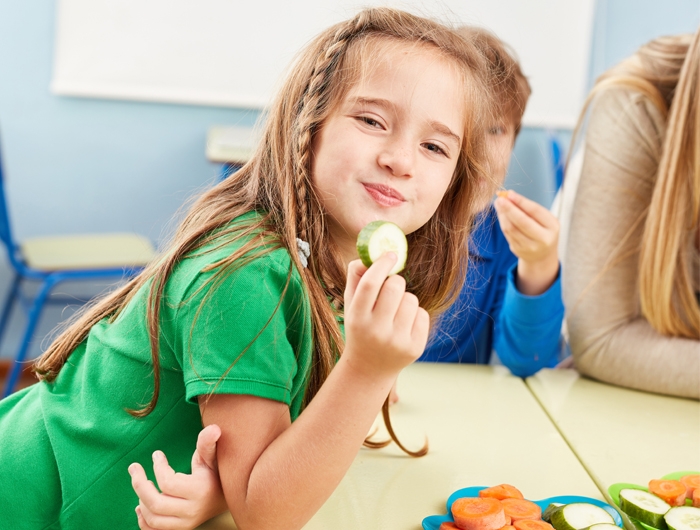
Robert Kneschke - stock.adobe.com.
Food allergies can be difficult to navigate in the classroom, but we’ve rounded up the best healthy snack ideas—all free of the Big Nine allergens, easy to pack and share, delicious, and nutritious.
CSPI doesn’t accept any paid advertising or corporate or government donations. Any products we recommend have been vetted by our staff and are not advertisements by the manufacturers.
Food allergies at school
Many schools now prohibit peanut butter or peanut products on lunch menus and in classrooms, and for good reason. Allergic reactions are unpredictable, and can cause an array of medical issues for the allergic student, including a severe reaction, known as anaphylaxis.
To protect all students, it’s best to send allergen-free snacks on days when snacks are shared with other students.
Some tips for parents:
- Because anyone can be allergic to any food, it can be difficult to know what’s appropriate for your classroom. Ask your student’s teacher which foods are problematic for other students, and plan accordingly.
- When in doubt, play it safe. Most whole fruits and vegetables are safe for most people, while many processed snacks, like chips, cookies, and snack cakes, contain one or more of the Big Nine allergens.
- If you have time, make snacks yourself so you can control the ingredients. Hummus without tahini and dips made with allergen-free yogurt take only a few minutes to whip up.
What is a food allergy, exactly?
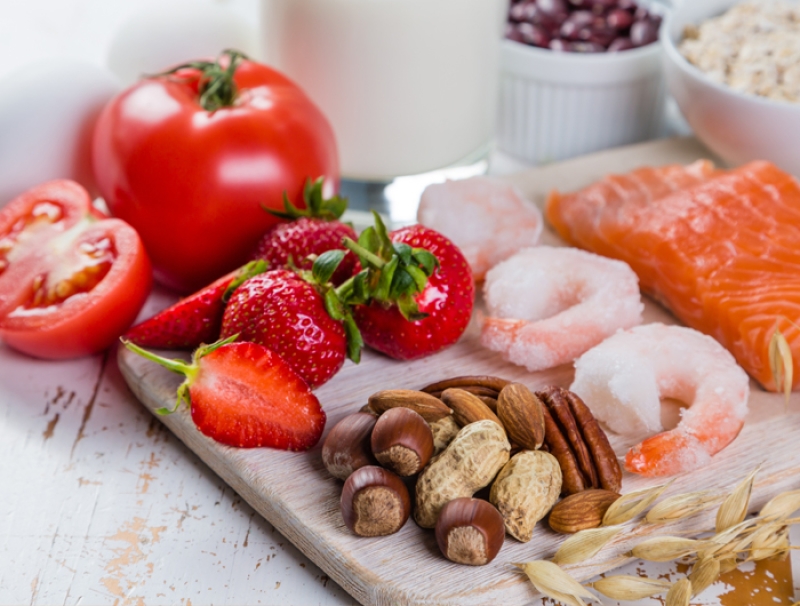
A food allergy is an immune reaction to a particular food. It occurs when the body misinterprets the proteins in food as harmful, and attacks the “threat”—which can be something as innocuous as strawberries or eggs—with an immune response. This response is the “allergic reaction,” and the range of symptoms is long and, in some cases, life-threatening.
What are the Big Nine food allergens?
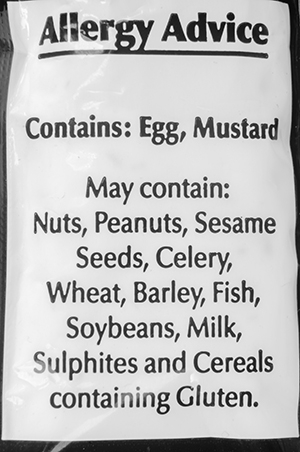
Milk, eggs, fish, crustacean shellfish (like shrimp or crab), wheat, peanuts, tree nuts, soy, and sesame account for 90 percent of allergic reactions to food in the US. These ingredients are always listed by their common names in the ingredients or the “contains” statement on food packaging to help shoppers with food hypersensitivities identify products made with these ingredients. Some companies also have language near the ingredients section describing potential cross-contamination risks, like flour added to a baking pan to prevent sticking, or tree nuts in another product made on the same equipment. Unfortunately, these terms are not closely regulated so they don’t always clearly signal whether such allergens are likely to be in the food.
What are symptoms of an allergic reaction?
Reactions to an allergen range from mild—itchiness in the mouth or skin, hives, and nausea—to severe, including shortness of breath and swelling of the throat and mouth. While not every reaction is deadly, some are; anaphylaxis requires immediate medical treatment and could result in coma or death.
Symptoms of an allergic reaction occur within minutes or a couple of hours of eating a food. They include hives; flushed skin or rash; tingling or itchy sensation in the mouth; face, tongue, or lip swelling; vomiting; diarrhea; abdominal cramps; coughing; wheezing; dizziness; lightheadedness; swelling of the throat and vocal cords; difficulty breathing; and loss of consciousness.
Who has food allergies?
No one is certain why food allergies develop in some but not others. Anyone could be allergic to anything—some 50 million Americans have an allergy of one kind or another. About 8 percent of children under age five have a food allergy, as do 4 to 6 percent of older children. While some kids outgrow their sensitivities, 4 percent of adults have at least one food allergy. Infants who have eczema, and people who have seasonal allergies, hay fever, or asthma, are more likely to have food allergies.
Look closely: Your snacks may now contain sesame
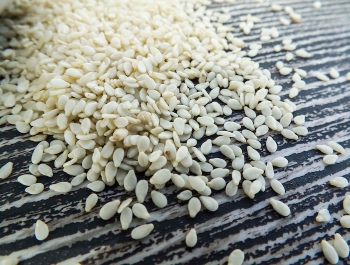
For people who are allergic to sesame, even trace amounts can trigger a life-threatening anaphylactic reaction.
In 2014, CSPI petitioned FDA to add sesame to the list of major food allergens and require an allergen label. As of Jan. 1, 2023, food companies must label foods that contain sesame with an allergen declaration, thanks to the Food Allergy Safety, Treatment, Education, and Research (FASTER) Act. Some manufacturers—including Chick-fil-A, Culver’s, and Dave’s Killer Bread—have responded to the new law by intentionally adding sesame to ingredients lists instead of cleaning up production practices to prevent foods from becoming contaminated with sesame through accidental cross-contact. While some companies have publicly announced they are making the changes as a response to the new law, others have simply added sesame quietly and without any public explanation—creating new risks for people with allergies who previously relied on those foods to be safe.
That’s why CSPI petitioned FDA earlier this year to prevent the intentional addition of sesame for this purpose. The FDA missed an opportunity to protect consumers from the lazy and life-threatening practices of food manufacturers. It does, however, acknowledge that “this practice could make it more difficult for sesame allergic consumers to find foods that are safe for them to consume, an outcome that FDA does not support.”
Snacks that are safe for the whole class
Providing snacks for your own student is usually fairly hassle-free; you know what your kid likes and can eat, and if another student has an allergy, you have likely been alerted not to bring snacks with those ingredients to class. Here are some easy, fun ideas for class snack day—whether you’re making your own or looking for a packaged option.
The super-simple route
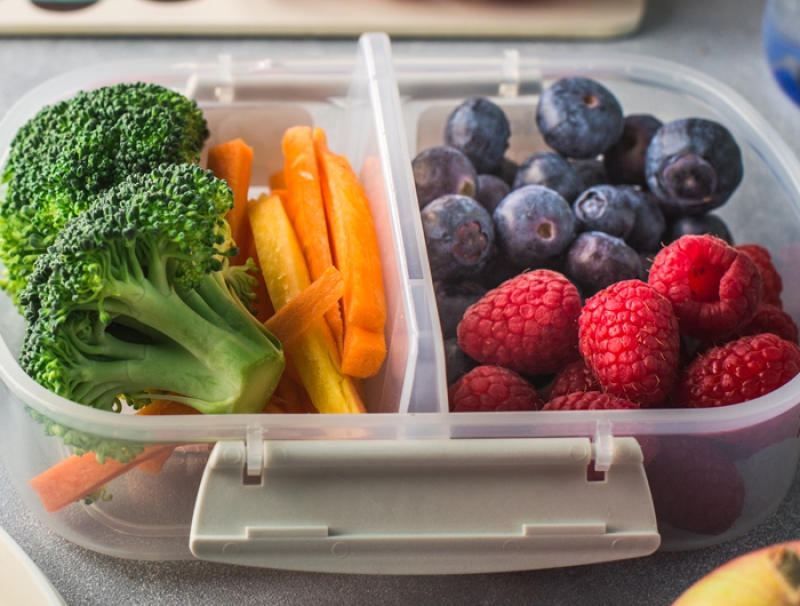
Easy doesn’t mean less good, it just means less time and effort—and less to worry about for students with allergies.
Whole fruit
Clementines, small apples, or bananas couldn’t be easier.
Applesauce, fruit cups, and canned fruit
These have a long shelf life and are low-cost, easy, and healthy if canned in juice or light syrup. One example of unsweetened applesauce is Mott’s Unsweetened Apple. Dole and Del Monte offer a variety of single-serve fruit bowls.
Dried fruit
Try raisins, apricots, apples, mango, pineapple, papaya, and others with little or no added sugars.
Frozen fruit
Try freezing grapes or buy frozen blueberries, strawberries, peaches, and mangoes.
Veggies and dip
Fill small containers with an array of vegetables, or arrange them in the shape of a rainbow if you’re in class during serving time. A fun presentation wins kids over, and offering multiple choices increases the likelihood that each student will find something to enjoy for snack time. For a packaged dip option, Daiya Homestyle Ranch Dairy-Free Dressing is free of tree nuts, dairy, soy, and all other Big Nine ingredients.
Rice cakes
Everyone loves a crispy snack, whether savory or sweet. Look for rice cakes made from brown (whole grain) rice. They come in many flavors, and can be served with or without toppings. (A bit of sunflower seed butter and some banana slices are a big hit in most classrooms.)
Popcorn
Look for bagged pre-popped popcorn (like Boomchickapop Sea Salt or SkinnyPop) or air pop the popcorn and season it, e.g., by spraying it with vegetable oil spray and adding garlic powder or other non-salt spices. SkinnyPop Mini Popcorn Cakes are Big Nine-free (there’s even a dairy-free Sharp Cheddar flavor) and the Cinnamon & Sugar flavor has more fiber (4g) than added sugars (3g)—all without major allergens, and available in most grocery stores.
Easy allergen-free fruit and veggie snacks to make
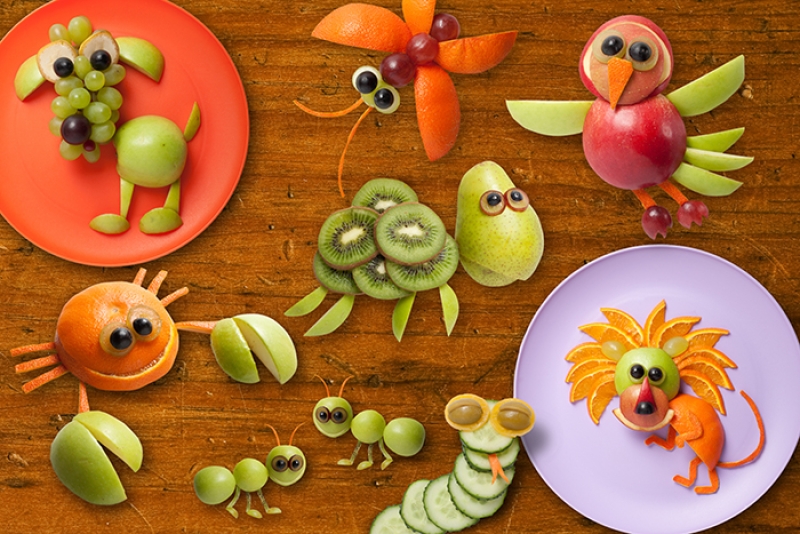
Most of the snacks served to children should be fruits and vegetables, since most kids do not eat the recommended number of servings of fruits and vegetables each day. Eating fruits and vegetables lowers the risk of heart disease, cancer, and high blood pressure. Fruits and vegetables also contain important nutrients, like vitamins A and C and fiber. Worried your students won’t like snacking on produce? When in doubt, a cute presentation can convince kids to try just about anything.
Fruit or veggie kebabs
Kids love food on a stick. Fruit kebabs are as simple as snack time gets: Skewer strawberries, melon cubes, kiwi slices, orange segments, and grapes. Serve with a small container of sunflower seed butter for a fun dip.
For a veggie version, try a kebab made of cherry tomatoes, cucumber slices, mini bell pepper halves, broccoli florets and carrot coins with a side of allergen-free dip. Can’t find sesame-free hummus on shelves? Omit the tahini (sesame paste) from The Healthy Cook’s easy hummus recipe.
Frozen fruit pops
If it’s still hot enough to enjoy a cool treat, make some fruit popsicles: Blend fruit until it’s liquid, then pour into popsicle molds. Try a mix of berries, cucumber and melon, or mango and lime—or anything else you like. The options are endless.
Nutrition in disguise
Think ants on a log with sunflower seed butter, or veggie and fruit slices arranged in the shape of The Very Hungry Caterpillar. Fun-looking food is food that kids will eat, and increasing those fruit and veg servings each day is important for all students. Take some cues from the fun fruit-and-veg arrangements above: Butterflies, puppies, olive-eyed snakes and more await your snacky student and classmates.
Swap or omit ingredients in simple recipes
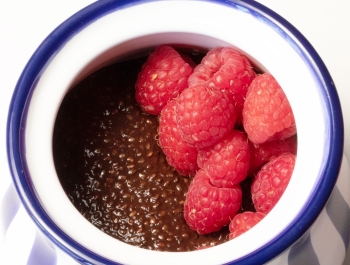
If you make a favorite classroom snack that contains one or more of the Big Nine allergens, try modifying the recipe. Many ingredients can be omitted from recipes to make them friendly for kids with food allergies, or substituted with a different ingredient. Think raisins instead of tree nuts, or a gluten-free oat flour instead of whole wheat. If you need some help getting started, try replacing milk with wheat-free oat milk (check the label) in The Healthy Cook’s Chocolate Chia Pudding, for example, or skip the yogurt topping on Raspberry Glazed Peaches.
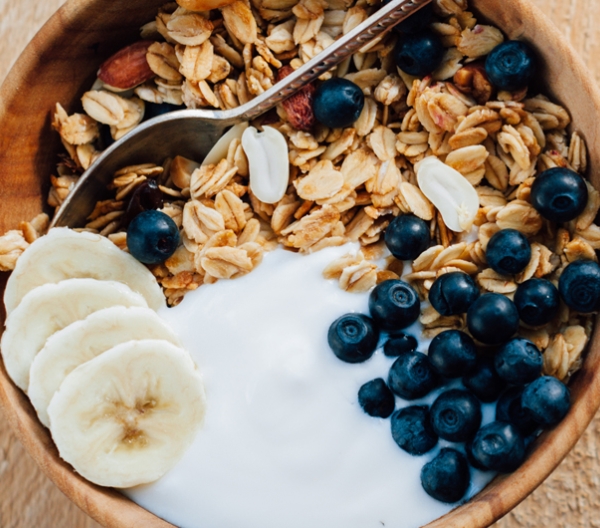
STAY IN TOUCH
Our best (free) healthy tips
Our free Healthy Tips newsletter offers a peek at what Nutrition Action subscribers get—healthy recipes, scrupulously researched advice about food of all kinds, staying healthy with diet and exercise, and more.

